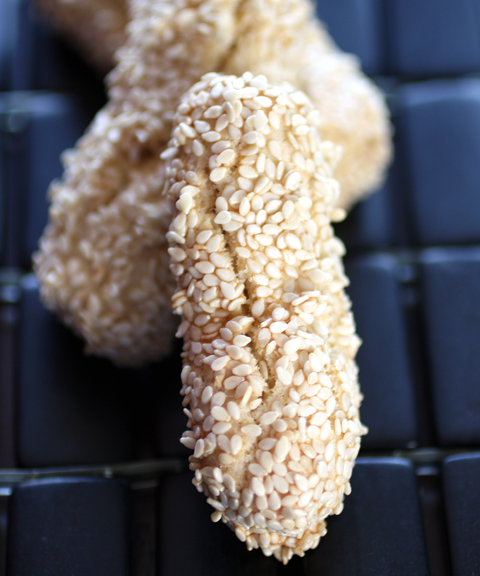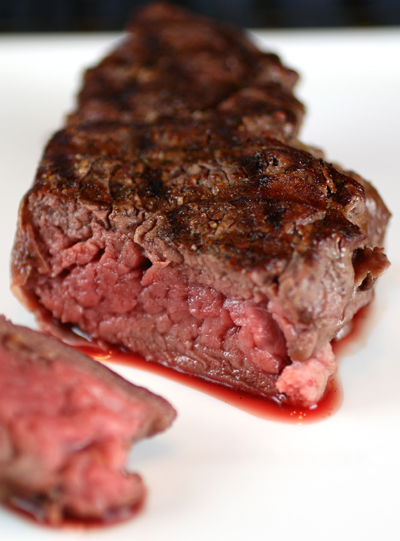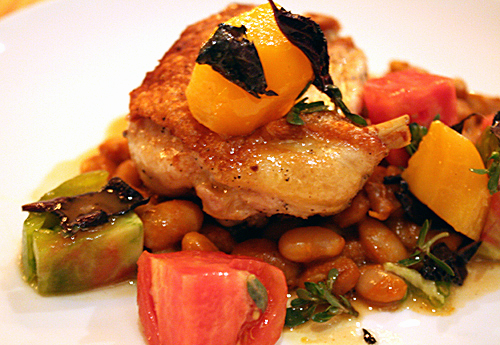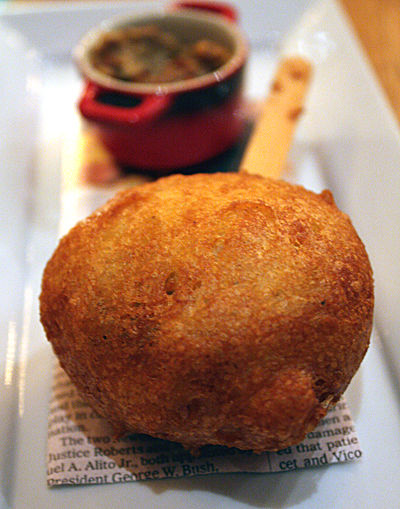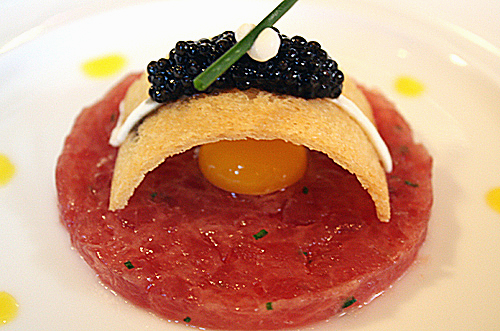
The first time my husband and I dined at the Plumed Horse, shortly after its new owners unveiled its multi-million-dollar rennovation in 2007, our reactions were immediate: We were astonished to experience this level of high-dining in the sleepy village of Saratoga.
Don’t get me wrong. This town has long had a few quite lovely restaurants that stood out from the pack for their ambitious cuisine and service. They have true elegance, in an understated, quiet manner.
Contrast that to the supremely glamorous surroundings of the Plumed Horse, which could be beamed up and set down in Manhattan or San Francisco or Los Angeles, and fit in quite comfortably. The once rustic restaurant, originally opened in 1952, received the makeover of all makeovers two years ago. It also got a most skilled chef in Peter Armellino, a former chef de cuisine of Aqua in San Francisco.
The wine cellar is a stunner with floor-to-ceiling glass walls and shelves that hold 1,800 bottles. Even the floor is made of glass. Step onto it, and you’ll feel as if you’re floating in mid-air. Peer down to find two more stories of wine below.
From the soaring ceilings in the main dining room hang blown-glass, fiber-optic chandeliers that periodically change color from lime green to fuchsia. Three grand carts roll through the dining room, one holding champagnes, another cheeses, and the last, an assortment of aperitifs.
Like so many restaurants in this difficult year, the Plumed Horse saw a drop in business. But when we were invited in for dinner at the end of July, the dining room was buzzing on a Friday night. Our server happily reported that business had tripled in the past couple of weeks for some unexplained reason. He surmised that maybe people were just tired of scrimping and saving, and finally decided it was high-time to treat themselves a little.
The Plumed Horse is a fine choice to do that, too. Armellino’s food is the epitome of seasonal sophistication. The 41-year-old chef even grows his own herbs and citrus on the property, tucked away in flower boxes and a lower-level yard. There’s lemon grass, purple basil, Thai basil, tarragon, dill, thyme, and bay, as well as Meyer lemon, avocado, Mandarin orange, kaffir lime, and yuzu trees.
He gets tomatoes from a friend who dry farms them with little water so their flavors concentrate and become extremely intense. Figs come from a server’s tree. Another server grows a special type of Mandarin that looks like a kumquat, but with thinner skin. Armellino turns them into marmalade that he serves with foie gras.
“I’ve been a city boy for 20 years,” Armellino says. “To have the opportunity to grow things like this here, I just felt like it was my job to take advantage of it. How can you compare picking thyme out of the ground that’s been warmed in the sun to thyme grown in a hot house? There is no comparison.”
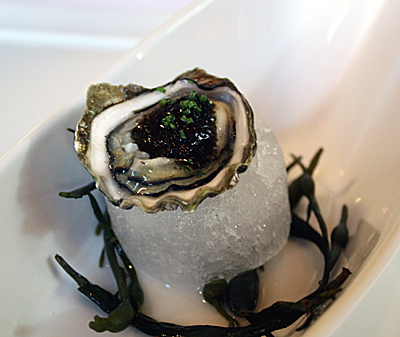
For dinner, order either a la carte or the chef’s tasting menu ($125 per person, with wine pairing an additional $70).
We opted for the latter, which began with an amuse of a Kumamoto oyster on the half shell with a blanket of pressed caviar.
Read more
